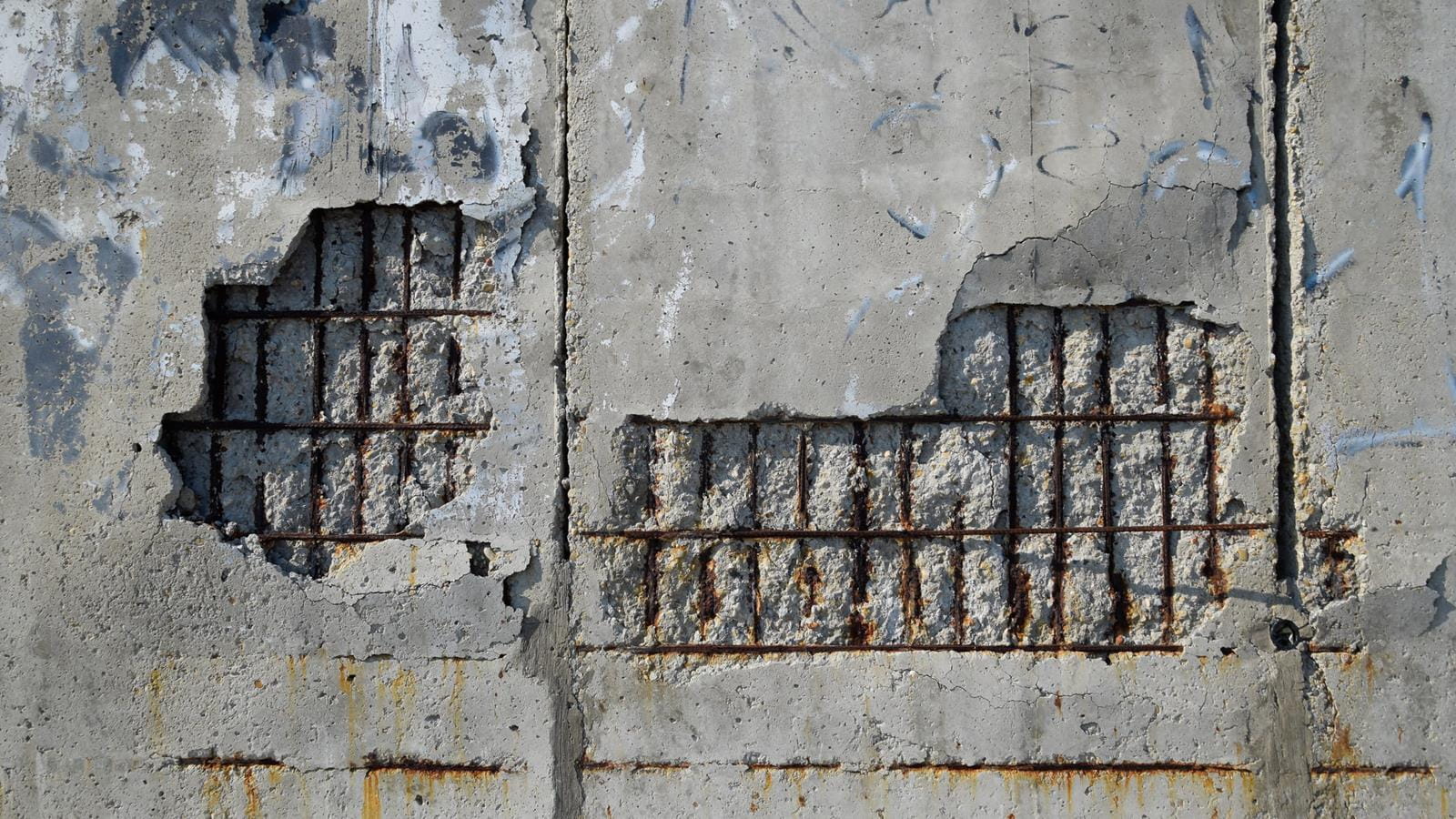Drexel Engineers Support DARPA Effort to Make Self-Repairing Concrete

- Drexel Selects New, World-Class Life Sciences Building at 3201 Cuthbert Street for Medical Research Operations
- Breakthrough on Gene Therapy for Hereditary Spastic Paraplegia
- Drexel Environmental Collaboratory Releases Cross-Sector Findings on Severe Weather Recovery Challenges
- Drexel Launches the Manuel Stamatakis Center for Alternative Investments at the LeBow College of Business

Researchers from Drexel University’s College of Engineering are looking to nature for solutions to one of the Department of Defense’s (DoD) ongoing challenges: fortifying aging concrete structures. Like much of the nation’s infrastructure, the DoD’s airfields, piers and silos are many decades old and not easily replaced. In hopes of restoring these structures for long-term use and developing a way to quickly repair them, the Defense Advanced Research Projects Agency (DARPA) has launched a program, called Bio-inspired Restoration of Aged Concrete Edifices (BRACE), to develop self-healing concrete inspired by the vasculature found in plants and the human body.
The program’s announcement noted that the DoD’s current concrete infrastructure dates to the 1940s and 1950s and cannot be easily replaced. BRACE is intended to create an approach that will prevent new damage, extend its service life and reduce repair time and maintenance costs.
According to DARPA, the goal of the program is to develop technologies — inspired by the vascular systems that support continuous repair in multicellular organisms and ecosystems — that can impart long-lasting, self-healing capability to concrete. Integrating healing “vasculature” into concrete structures will allow them to address cracking early to prevent their propagation and to repair the cracks while also extending the serviceability of critical infrastructure.
The effort, led by a team from the University of Colorado Boulder and with peers from North Carolina State, includes College of Engineering researchers Amir Farnam, PhD, an associate professor in the Department of Civil, Architectural Engineering; along with his college colleague Associate Professor Christopher Sales, PhD, and Ahmad Najafi, PhD, an assistant professor in the Department of Mechanical Engineering and Mechanics in Drexel’s College of Engineering. The group is charged with building fundamental knowledge of integrating nature-inspired vasculature and biomimetic healing in concrete infrastructure as part of the $10 million, four-and-a-half-year project.
“We know that vasculature plays an important role in many essential biological functions in plants and animals, from regulating temperature to fighting off diseases to healing wounds — it’s the infrastructure of life,” Farnam said. “It’s a fitting inspiration for developing new methods for repairing and strengthening the many structures in our built environment, because it has been optimized, through evolution, for serving this same purpose in nature.”
The team aims to create a process that deploys vasculature and biological microorganisms to mitigate a number of mechanisms of degradation that affect concrete, including cracking and chlorine-induced corrosion of rebar. Preventing or quickly counteracting these degradations — whether caused by natural erosion or the stress encountered during military operations — could extend the service life of these structures, ideally for decades.
Drexel’s team, supported by $3.6 million of the project’s $10 million in funding, is well-positioned to drive this effort, as Farnam, Sales and Najafi have previously spent years discovering new ways to design and deploy vascular structures, and exploring new ways to improve the durability of concrete, including using microbes.
While the project is focused on preserving and repairing concrete involved with military operations, like many DARPA projects, it could ultimately result in new tools and processes to benefit civilian infrastructure as well.
For more information about BRACE, visit: https://www.darpa.mil/program/bio-inspired-restoration-of-aged-concrete-edifices
Drexel News is produced by
University Marketing and Communications.